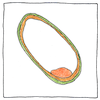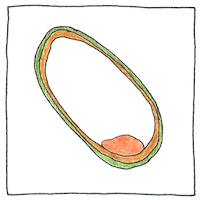Frederick Gowland Hopkins
food science

|
Vitamins
People have always known that not all the goodness in food is in its calories. James Lind showed that eating lemons and limes prevented scurvy. Nikolai Lunin, studying scurvy, compared mice fed milk with mice fed the known constituents of milk and found that the deprived mice died. Takaki Kanehiro was allowed to experiment with men on battleships and found that sailors who ate a good diet, not merely white rice, did not get beriberi. Christiaan Eijkman repeated Kanehiro-san’s experiment but with chickens and showed that brown rice helped prevent beriberi. Consequently, Frederick Hopkins asserted that some foods contained “accessory factors,” which were later called vitamins.
Limeys
Egyptians ate liver to see again at night. Limeys ate limes so they didn’t get scurvy. Japanese sailors ate brown rice so they didn’t get beriberi. One way to prevent burglaries —lock the doors and windows. Another way —give everything away. A young child they say if allowed to freely choose always eats a balanced diet.
Essentials
A body needs small amounts of a few organic compounds that it cannot produce itself. Who knows what unmeasurable qualities a person needs that a mind cannot produce by itself.



Frederick Hopkins conducted a series of experiments feeding rats to prove scientifically that factors exist in foods aside from the known and measurable constituents of the foods that rats can not produce themselves but that are necessary for their health.
See also in The book of science:
Readings in wikipedia: